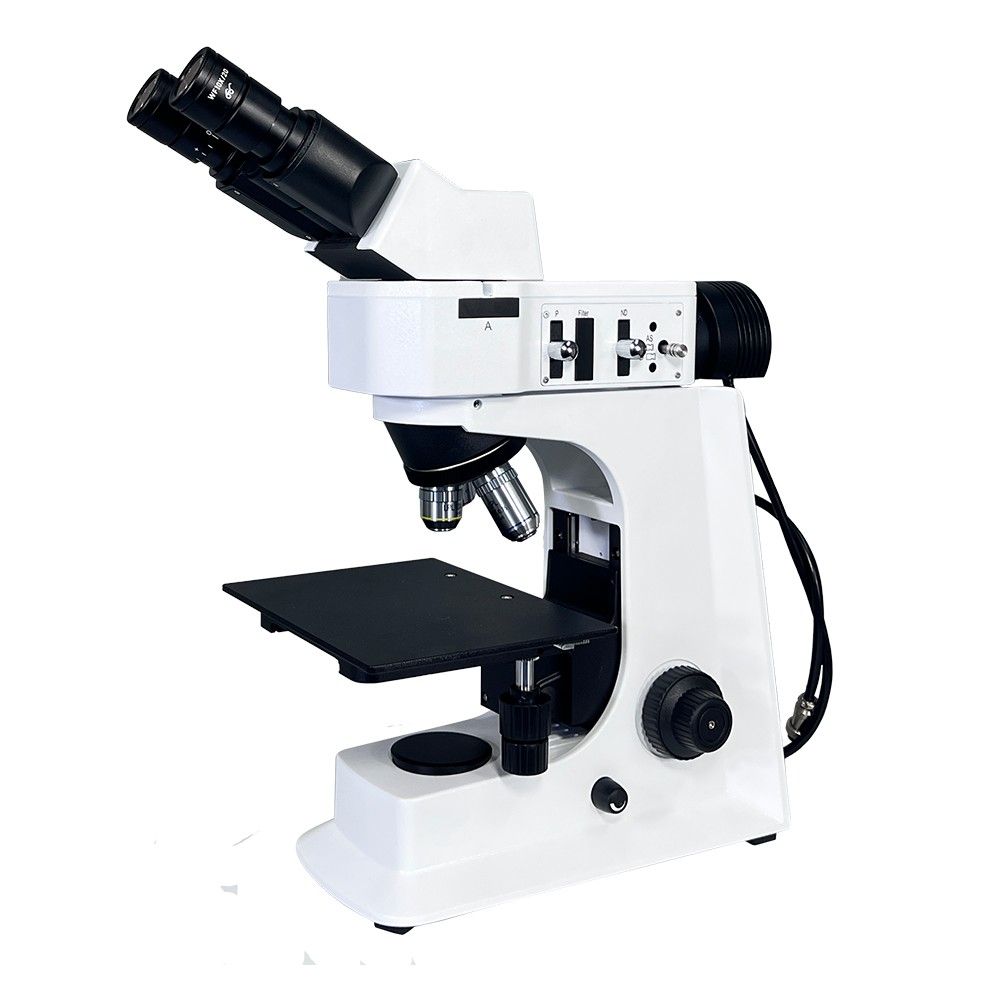Maximize Your View: How to Achieve the Perfect Magnification in Metallurgical Microscopy
Wiki Article
If you’ve ever looked at polished metal surfaces, weld joints, or coatings under a metallurgical microscope, you’ve probably wondered — just how much magnification does this microscope provide? The short answer: a metallurgical microscope typically offers a total magnification between 50× and 1000×, depending on the combination of objective lenses and eyepieces you use.
Let’s break that down in simple terms.
How Magnification Works in a Metallurgical Microscope
Magnification is the product of two main optical components:
Total Magnification=Objective Lens×Eyepiece Lens
- Objective lensesare the front lenses closest to the specimen.
Common magnifications: 5×, 10×, 20×, 50×, 100×. - Eyepiece lenses(oculars) usually have 10× or 15×
For example:
If you use a 50× objective with a 10× eyepiece, your total magnification is:
50 × 10 = 500×
Typical Magnification Range
Type of Observation | Objective Lens | Eyepiece | Total Magnification | Typical Use |
Low magnification | 5× | 10× | 50× | General surface observation, scratches |
Medium magnification | 20× | 10× | 200× | Grain structure, inclusion checks |
High magnification | 50× | 10× | 500× | Fine grain and phase analysis |
Ultra-high magnification | 100× | 10× | 1000× | Coating layer, micro-defect inspection |
So, most metallurgical microscopes are designed to work effectively from 50× up to 1000× magnification.
What Determines the Useful Magnification
Not all magnification is useful magnification. A microscope’s optical resolution — how finely it can distinguish two nearby points — also limits how far you can magnify before the image becomes blurry.
Key influencing factors include:
- Numerical aperture (NA)of the objective lens
- Quality of optical glass and coatings
- Lighting system(reflected or incident light)
- Sample preparation— polished, etched, or coated surfaces
- Camera resolution(if digital imaging is used)
In practice, useful magnification for metallurgical microscopes rarely exceeds 1000×, even if higher digital zoom levels are possible.
When to Use Which Magnification
Each magnification level serves a different inspection purpose:
- 50–200×:Great for weld joints, surface cracks, or general structure observation
- 200–500×:Ideal for analyzing grain boundaries, inclusions, and heat treatment effects
- 500–1000×:Needed for micro-phase identification, coatings, or plating layer thickness measurement.
Magnification in Digital Metallurgical Microscopes
Modern digital metallurgical microscopes often combine optical and electronic magnification.
For instance:
- Optical magnification:100× – 1000×
- Digital zoom:Up to 3000× (depends on sensor and monitor size)
While digital magnification can enlarge the image, remember that it doesn’t increase actual optical resolution — it just scales the image.
Category | Typical Range | Notes |
Optical magnification | 50× – 1000× | Standard metallurgical microscopes |
Useful magnification | ≤ 1000× | Beyond this, image clarity drops |
Digital magnification (optional) | Up to 3000× | For image display or measurement |
Common setup | 10× eyepiece + 10×–100× objectives | Most lab and QC environments |
Final Thoughts
The right magnification depends entirely on what you’re analyzing. If your goal is to inspect general metal surfaces or identify micro defects, start around 100×–500×. For research or coating layer studies, use up to 1000× with proper illumination and calibration.
In short, metallurgical microscopes give you the flexibility to zoom deep into the metal world — revealing the microscopic secrets that define material strength, quality, and performance.
Report this wiki page